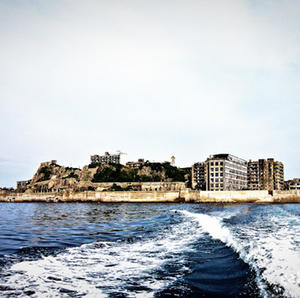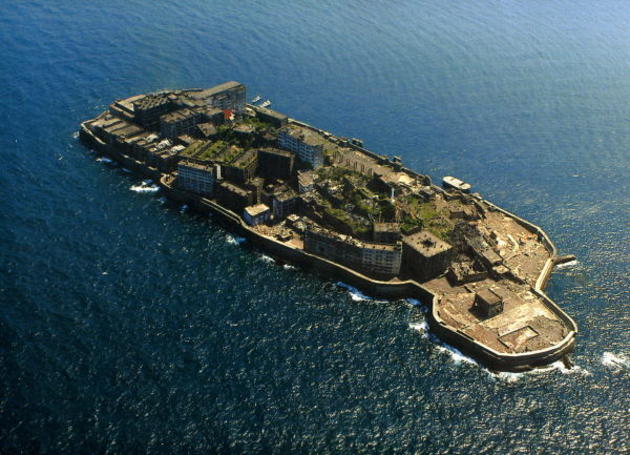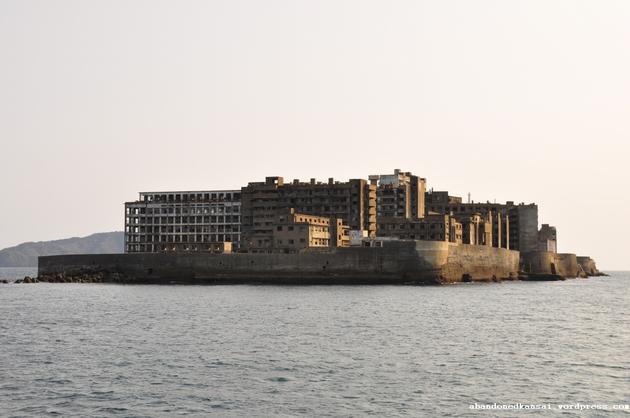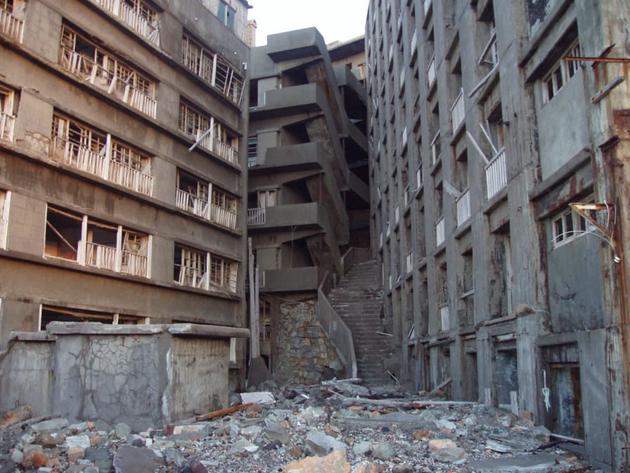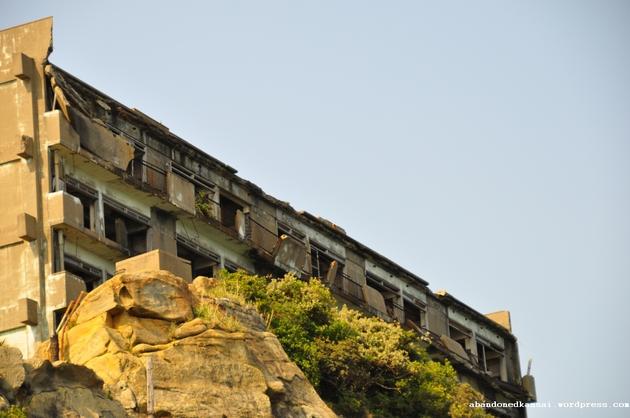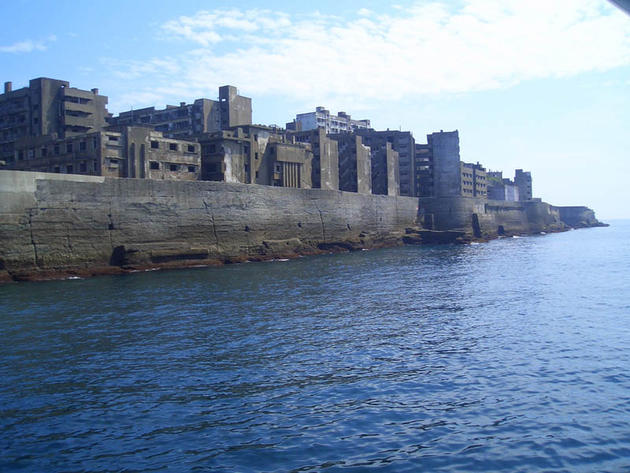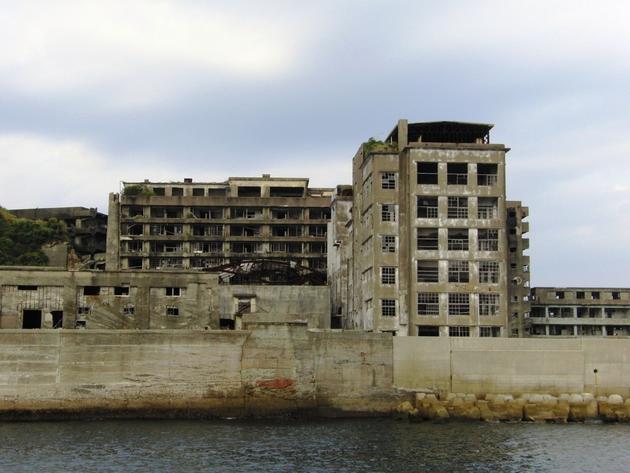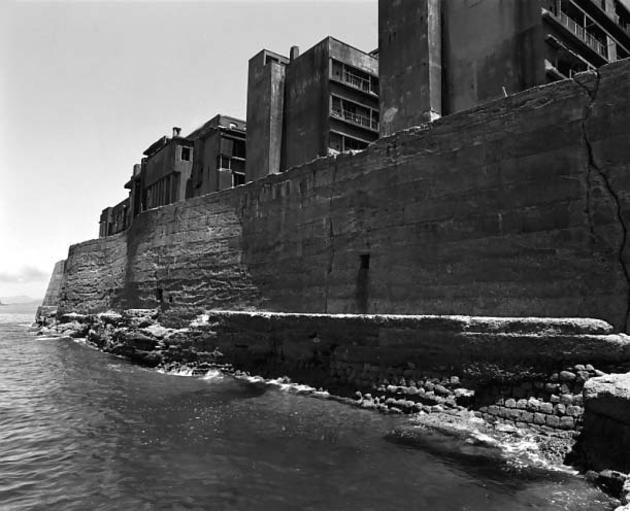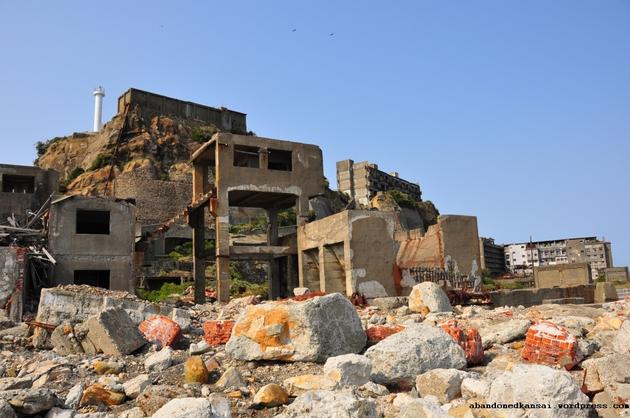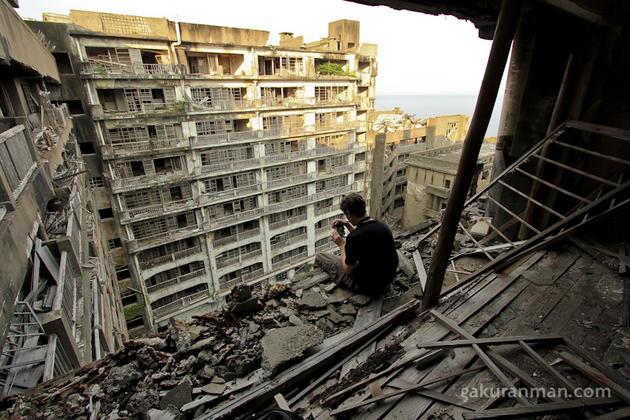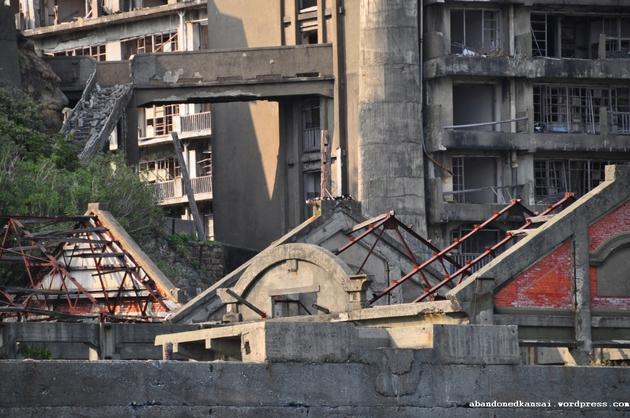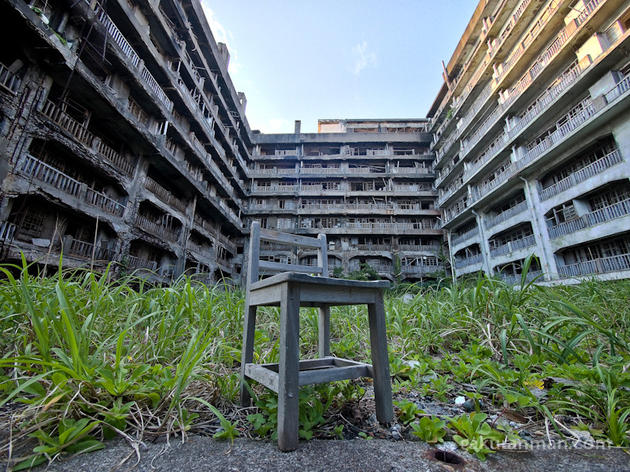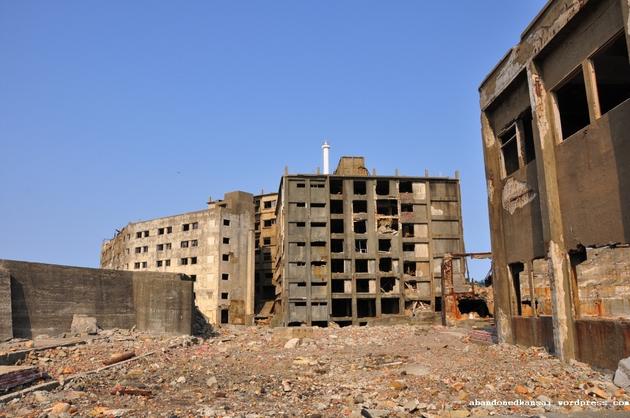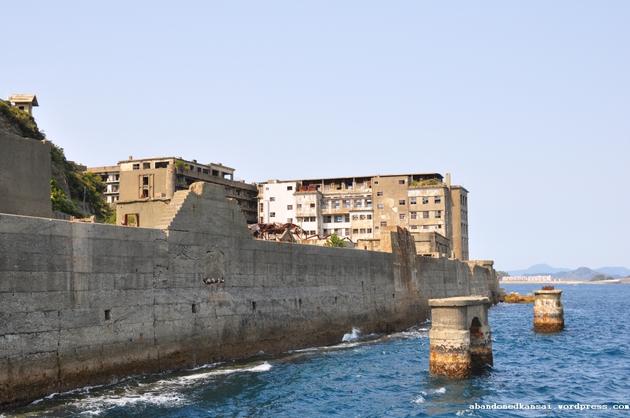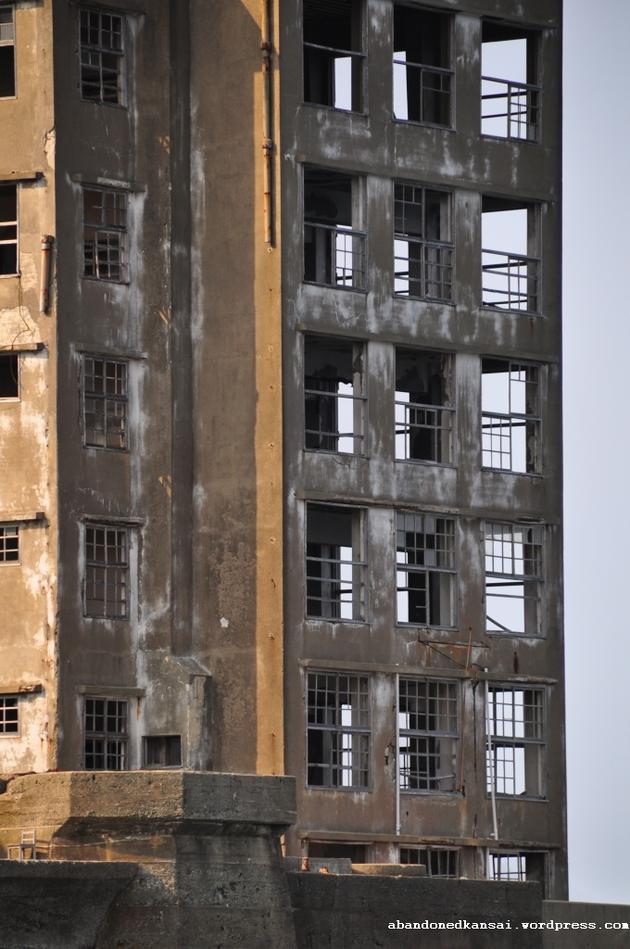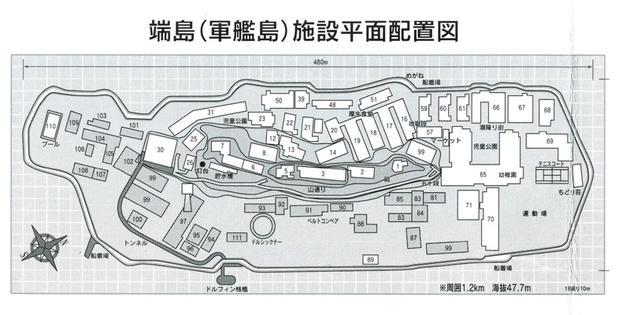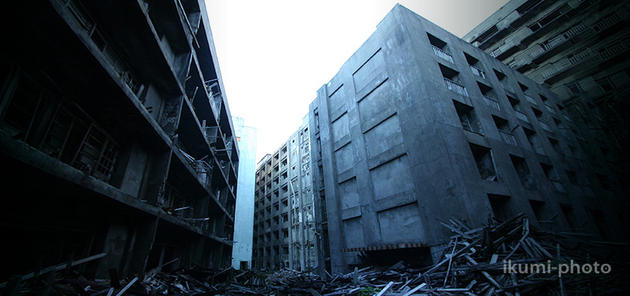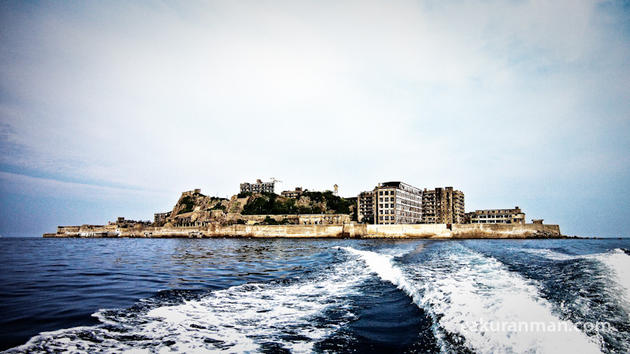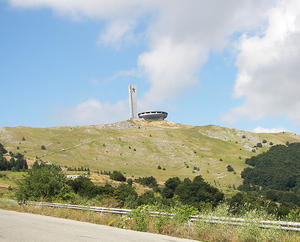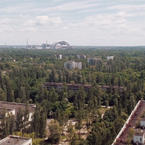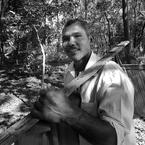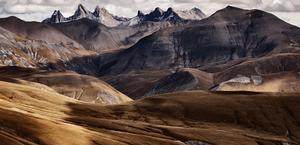Gunkanjima - The forbidden island
May 10 2011
There are many uninhabited islands around Japan, this one is a bit different - it was once a very busy and a heavily populated island. Now nothing remains but a ghost town. Look at some of these pictures to get a feel of this eerie place.
The island was populated from 1887 to 1974 as a coal mining facility. The island's most notable features are the abandoned concrete buildings and the sea wall surrounding it. It has been administered as part of Nagasaki city since 2005; it had previously been administered by the former town of Takashima.
It is known for its coal mines and their operation during the industrialization of Japan. Mitsubishi bought the island in 1890 and began the project, the aim of which was retrieving coal from undersea mines. They built Japan's first large concrete building (9 stories high), a block of apartments in 1916 to accommodate their burgeoning ranks of workers (many of whom were forcibly recruited labourers from other parts of Asia) and to protect against typhoon destruction. According to a South Korean commission, the island housed 500 Koreans who were forced to work between 1939 and 1945, during World War II.
In 1959, the 15-acre island's population reached its peak of 5,259, with a population density of 835 people per hectare (83,500 people/km2) (216,264 people per square mile) for the whole island, or 1,391 per hectare (139,100 people/km2) for the residential district.
As petroleum replaced coal in Japan in the 1960s, coal mines began shutting down all over the country, and Hashima's mines were no exception. Mitsubishi officially announced the closing of the mine in 1974, and today it is empty and bare, which is why it is called Ghost Island. Travel to Hashima was re-opened on April 22, 2009 after more than 20 years of closure.
This island only measures 1.2km in circumference. Less than half a kilometer lengthways. Much smaller than one would imagine for an island its size.
Share this post:
Like our Facebook page & receive daily updates on your wall:
You May Also Like
A Strange Structure High In The Bulgarian Mountains
Sep 13 2011
In 1891, socialists led by Dimitar Blagoev assembled secretly in this area to form an organized socialist movement. In honor of this act, during the rule of Soviet Union, the following saucer-like monument was built on top of this pass.
